
We entered Serengeti in the north and drove down to Seronera at the centre, where we stayed for 2 nights at a public campsite. The last day, we left through the western corridor and the Ndabaka Gate at Lake Victoria.
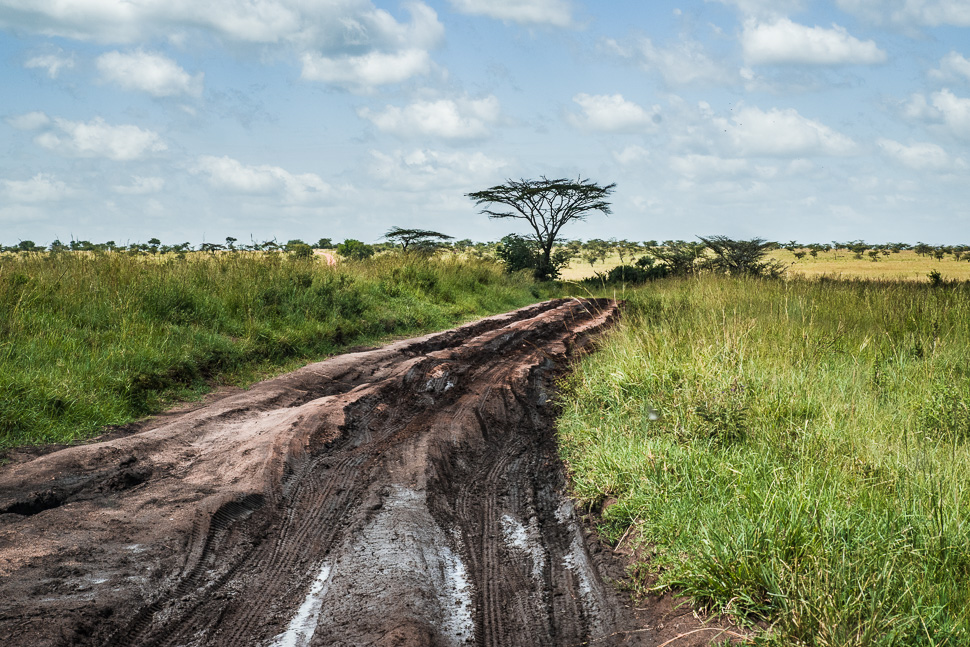
We thought maybe the main roads through the park would be in a good condition, not even close!








Rain during the night didn’t improve the roads. The black cotton soil made a very slippery surface we somehow managed to navigate.
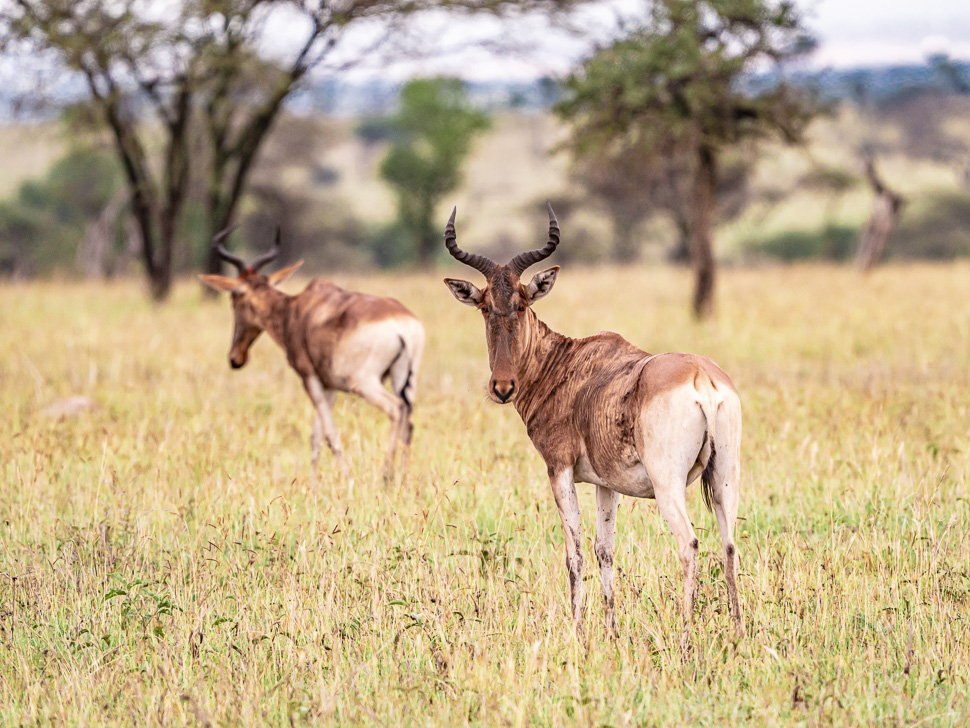

This encounter made our day! We were driving along the very corrugated main route, when a fast safari car overtook us. Looking to the right, we spotted the cheeta walking parallel to our road. Such a pity the safari guy and his guests missed that.




We waited at this pond, until we could watch another car cross it, before we did the same. Always bad if you have no idea how deep the water is.

We came across these spotted hyaenas, which were devouring the remains of a zebra, probably killed by someone else. We could hear the bones crack.








The size of the national park with 14,763 km² is somehow hard to picture. For our Austrian readers: Lower Austria has 19.179,56 km². The whole Serengeti eco system encompasses 30.000km² – about as big as Belgium.




According to animal behaviourists, lions are not evolutionarily adapted to scale trees and perch atop branches. In fact, this phenomenon is so rare that there are only very view populations of tree climbing lions in Africa. We were so happy to have spotted them!




This group of lions seemed very exhausted, panting a lot and not moving at all to let us pass. They might have chased an animal without catching anything, before we came across them.
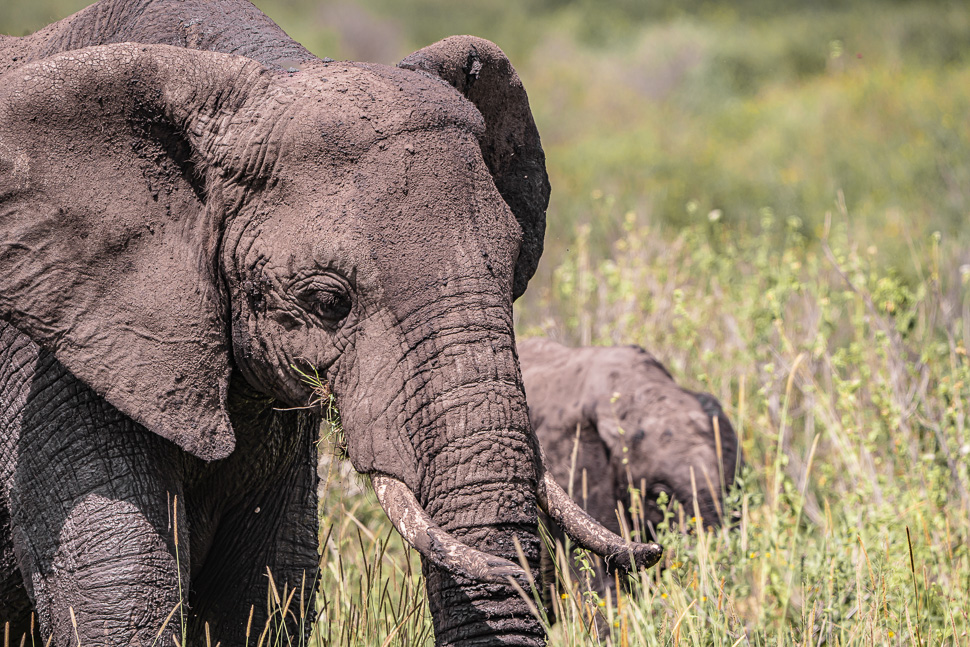

There was a tiny baby elephant in this family group. We noticed that they were closing around it and moving briskly past the tree with the lions.





On the second day in the park, it rained again in the late afternoon, making the tracks even more slippery. We had to leave the park the next day at 11:14 sharp to not pay another day. Ndabaka Gate, which we wanted to use, was 140km from our campsite, We went to the visitor centre to ask about the road conditions: “The road is good, just 2 weeks ago, the excavator was on this road, just a bit might be slippery”.

The next morning we started early, leaving at 6am, the earliest you are allowed to drive in the park. It turned out we didn’t see any traces of recently improved road. It was very corrugated in parts, there were many sections which were tricky, until about 40 km before the gate it got slippery, very slippery.


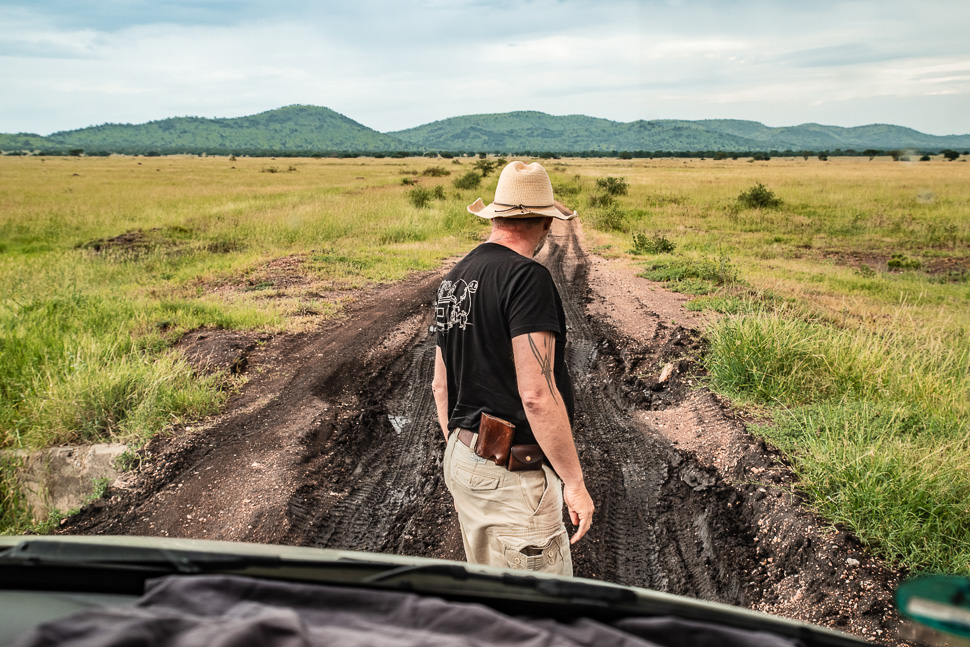

Serengeti is famous for their more than 2 millions wildebeests and their yearly migration over the rivers. We had heard, that the big herds are in the south at the moment, but in the western corridor we finally spotted some groups with calfs.

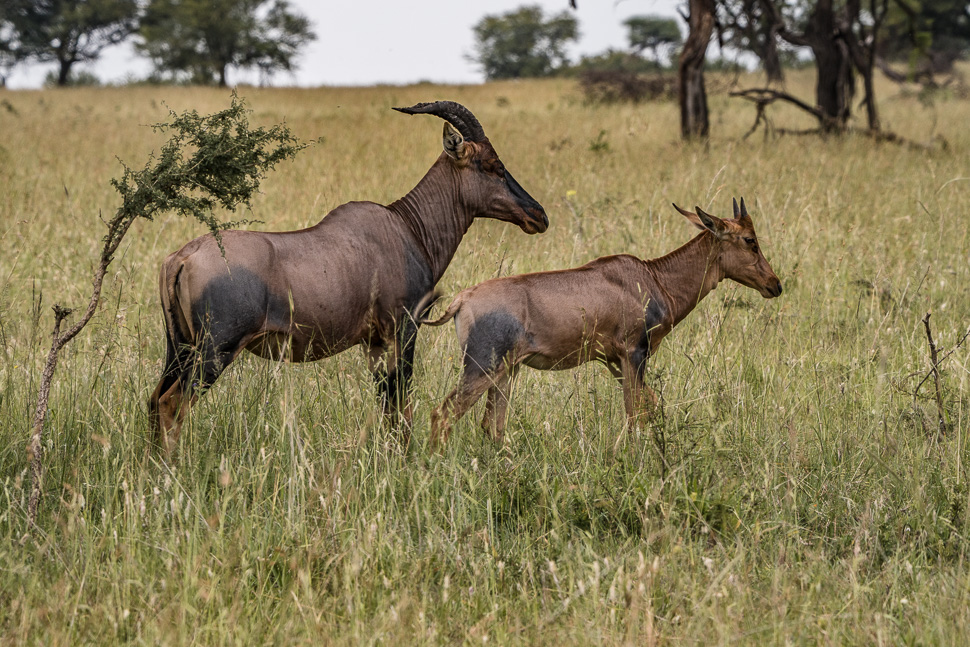


We were very, very happy we made it in one piece until the Ndabaka Gate and even in time!
We had payed for 2 days (=48 hours) including camping at one of the public campsites including our car, which is according to Tanzanian National Parks between 2-3t, $826,-. We were happy we had done this trip through one of the most well-known parks in the world. We had seen a lot of different animals and also enjoyed the scenery of the vast plains. From other travellers we had heard, that they don’t like individual big cars and that the other game drivers bullied them. We had the complete opposite experience: everybody was nice and welcoming at the gate, at the information centre and on the roads. If it wouldn’t have rained during the nights, it would have been a little more relaxing, but we have survived to tell the tale!
What comes next? Lake Victoria for sure! More on our next post.

Vielen Dank für diese “hautnahen” Bilder und Glückwunsch zum erfolgreichen Besuch in der Serengeti. Bilder sind wie immer klasse!
Hallo Torsten,
Serengeti müssen wir sicher nochmals besuchen, da wir von der “migration” nichts gesehen haben.
73
EDDY
Die Bilder sind wie immer “ein Wahnsinn”, die solltet ihr irgendwann back in europe “vermarkten”.
Liebe Grüsse, Ewald